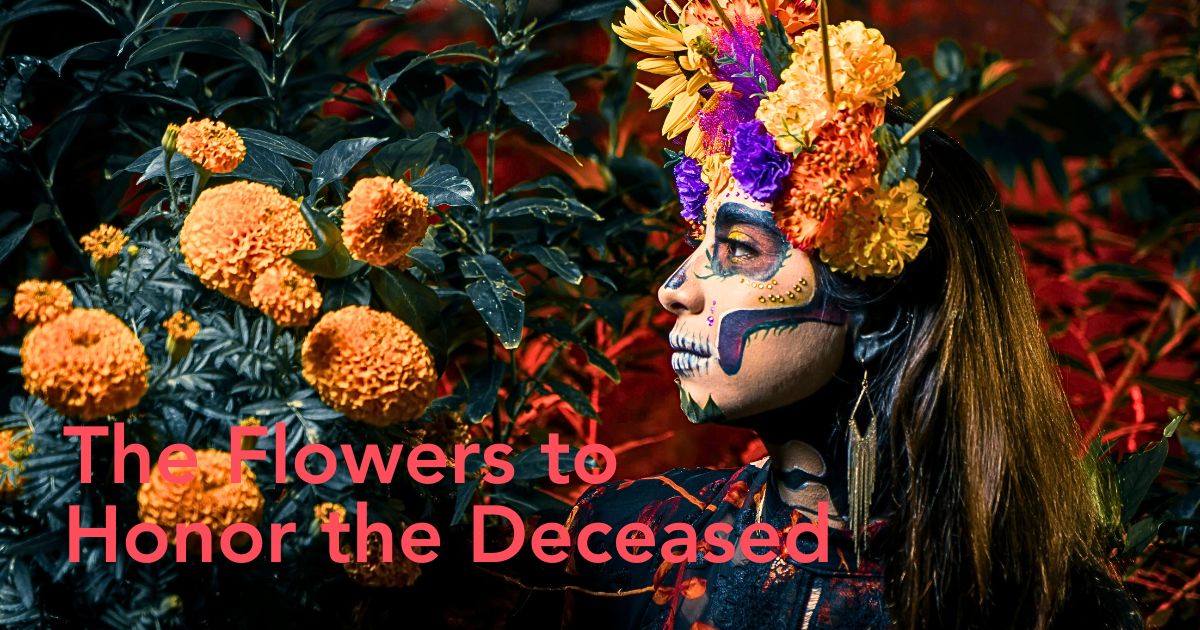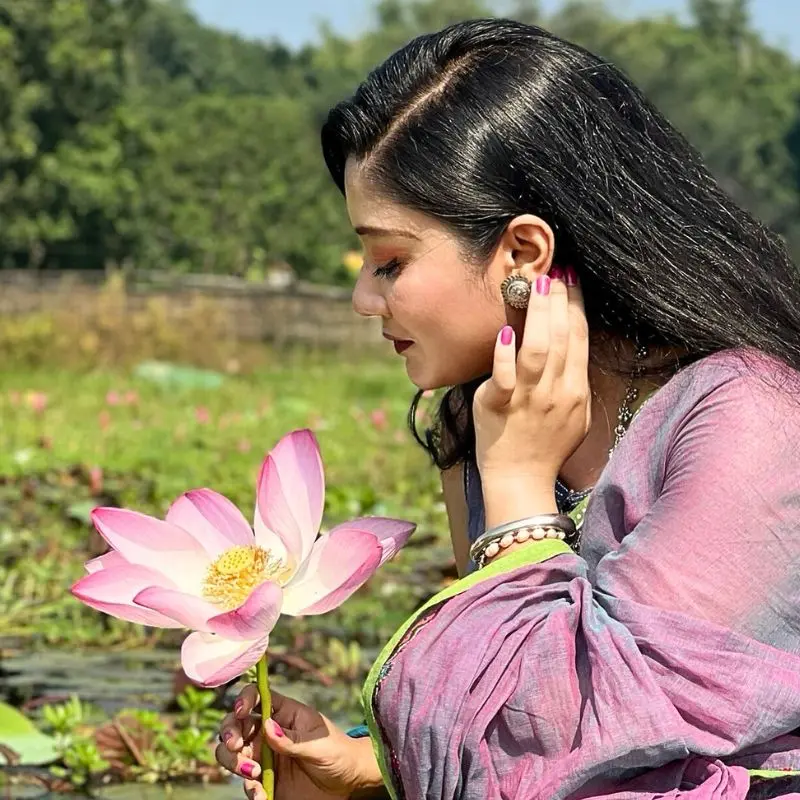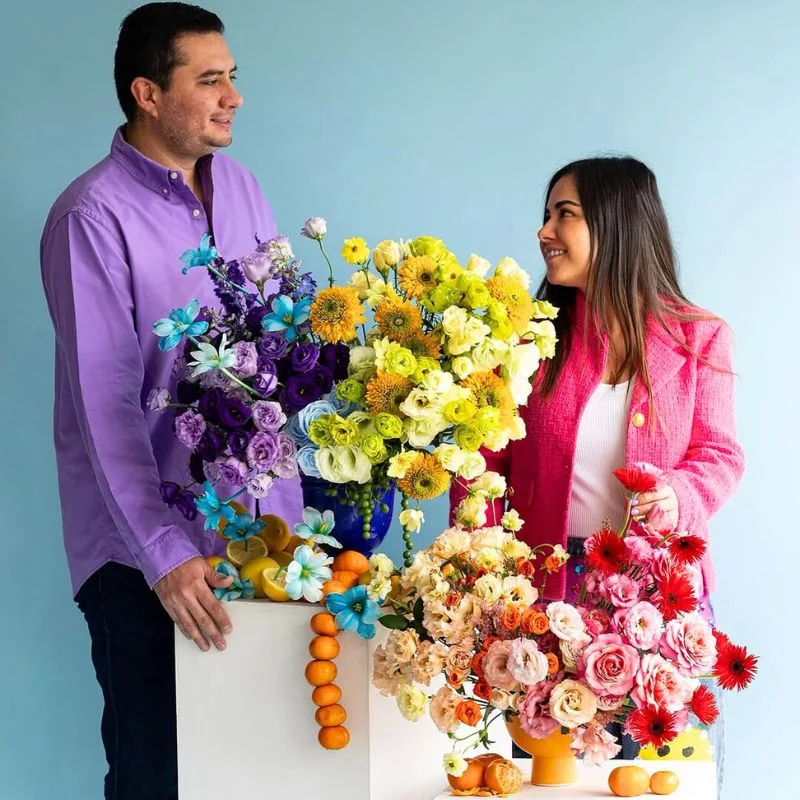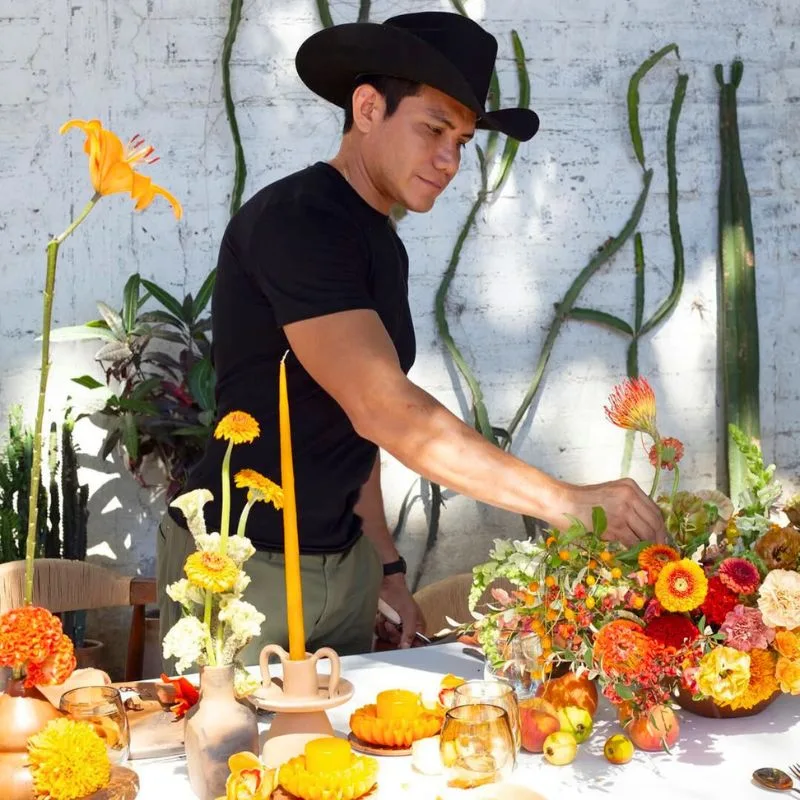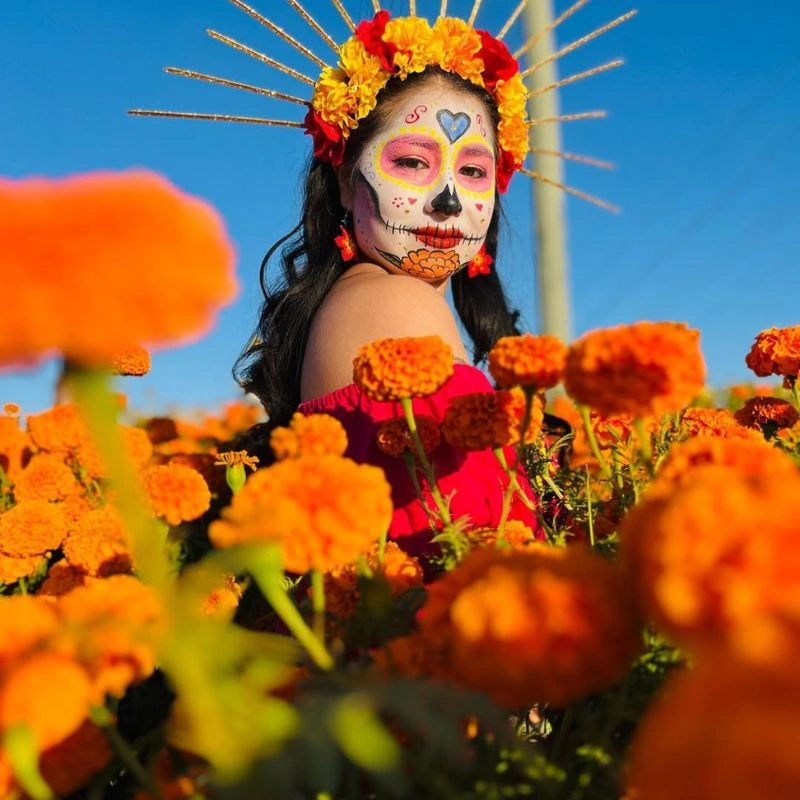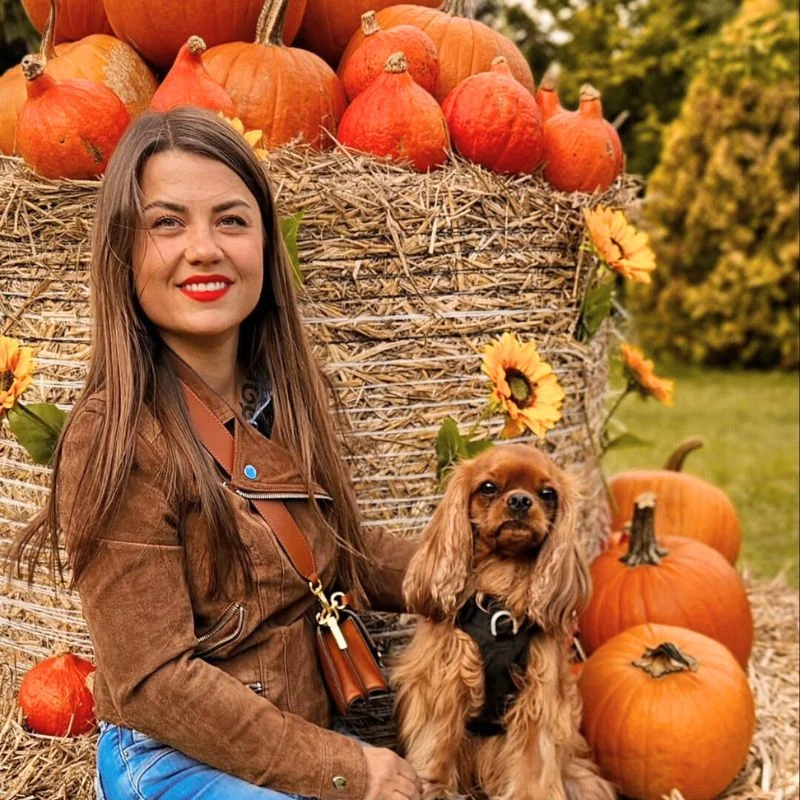November 2nd always sees vibrant colors—especially of the marigold flower—, elaborate flowery decorations, and lively celebrations filling the streets of Mexico. While for someone new to the towns and cities of the country, this could be something new and unusual, for the locals, it is an age-old tradition—a celebration of the dead. This is the Day of the Dead, commonly called Día de Muertos among the natives.
But why are streets and fields in Mexico filled with marigolds to celebrate the Day of the Dead? Well, you're in for quite a pleasant surprise to know why these flowers adorn the fields of Puebla —and other regions—and what the meaning is for 'Día de Muertos'. You'll also be left fascinated as you glance at the beauty of the cempasúchil (Mexican for marigold) fields in Puebla, filled with these blooming flowers.
Flowers of the Dead in Mexico and the Fields Full of Marigolds
For many Mexicans, the start of November is one of their favorite times of the year because one of the most celebrated and beautiful festivals takes place. You definitely already have an idea of what celebration this is. It basically involves the dead. But what is it all about? And the flowers...
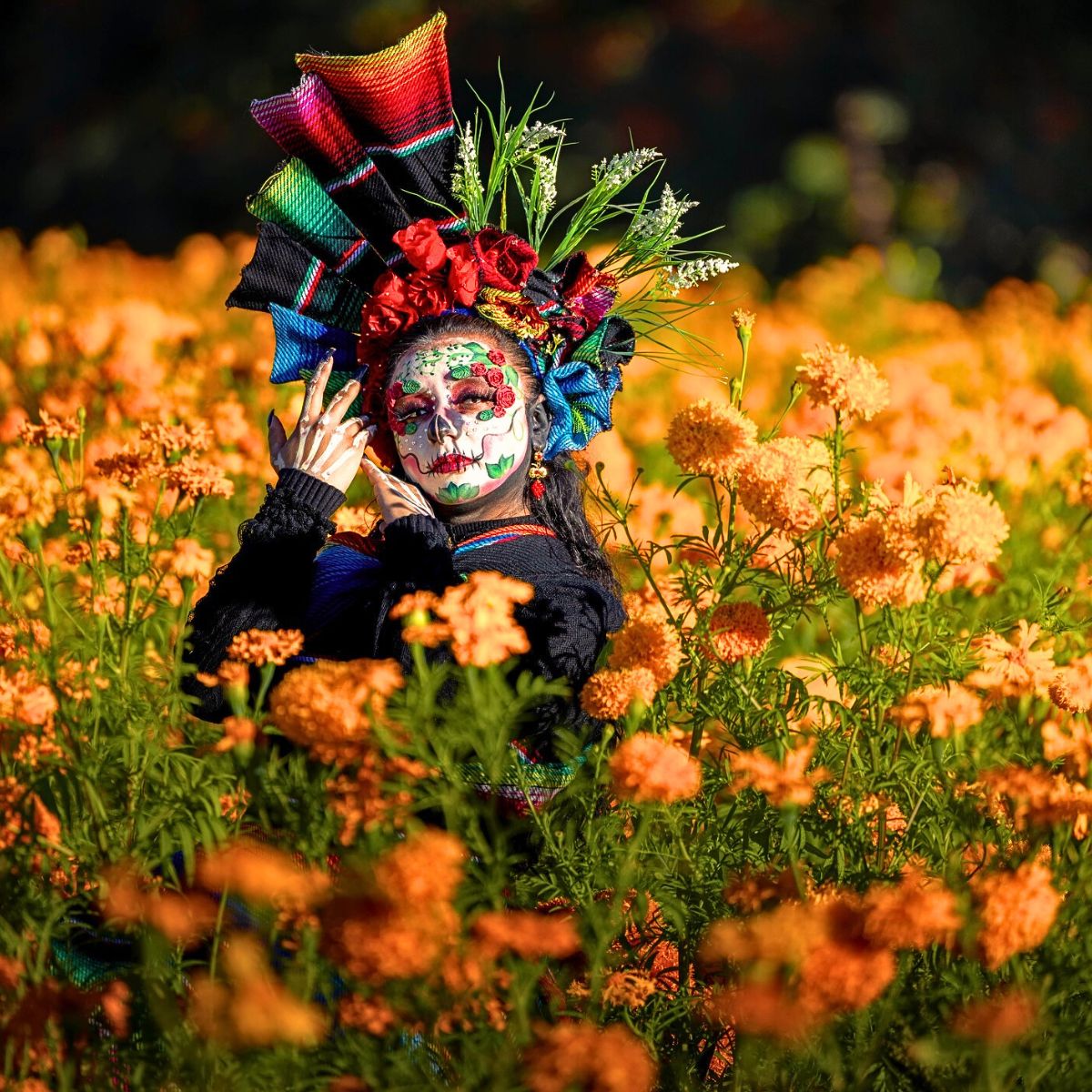
Photo by @miguel_kurz and @prooexperience
Día de Muertos, or Day of the Dead, is a significant celebration in Mexico, observed annually. It is a festival that originated thousands of years ago with the Aztec, Toltec, and other Nahua people. The roots of the festival go back, perhaps, some 3,000 years, to the rituals honoring the dead in pre-Columbian Mesoamerica. The dead were still considered members of the community and were kept alive in memory and spirit. And during Día de Muertos, they temporarily returned to the earth.
It is a unique holiday that, nowadays, blends indigenous traditions with Spanish influences, creating a rich mix of cultural practices that honor deceased loved ones. Far from being a somber occasion, Día de Muertos is largely a happy celebration of life. Families gather to remember, celebrate, and connect with those who have passed on.
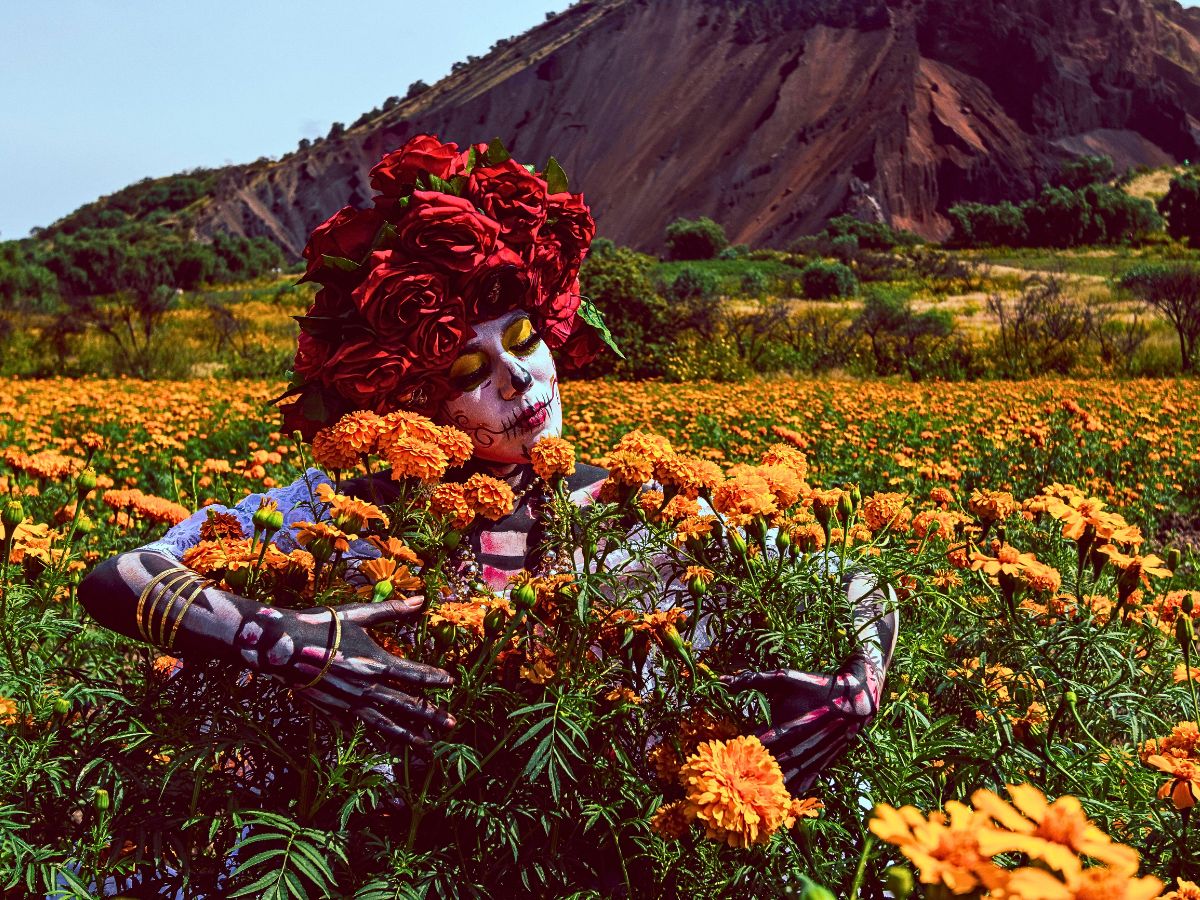
Photo by Sadoc Ixtlahuaca
The festivities typically begin on the evening of November 1, coinciding with All Saints' Day, when families welcome the spirits of children who have died. The following day is dedicated to honoring adults. Altars, or ofrendas, are designed with photographs, favorite foods, and mementos of the departed, providing a path for their spirits to return home. Marigolds, sugar skulls, and papel picado are iconic symbols of the holiday, and each carries deep meanings tied to the cycle of life and death.
This celebration involves not only fascinating Mexican traditions dating back to the history of this specific day, but also fields in Puebla that get filled with flowers of the dead—marigolds, which are in fact one of the two October birth month flowers—in honor of the deceased.
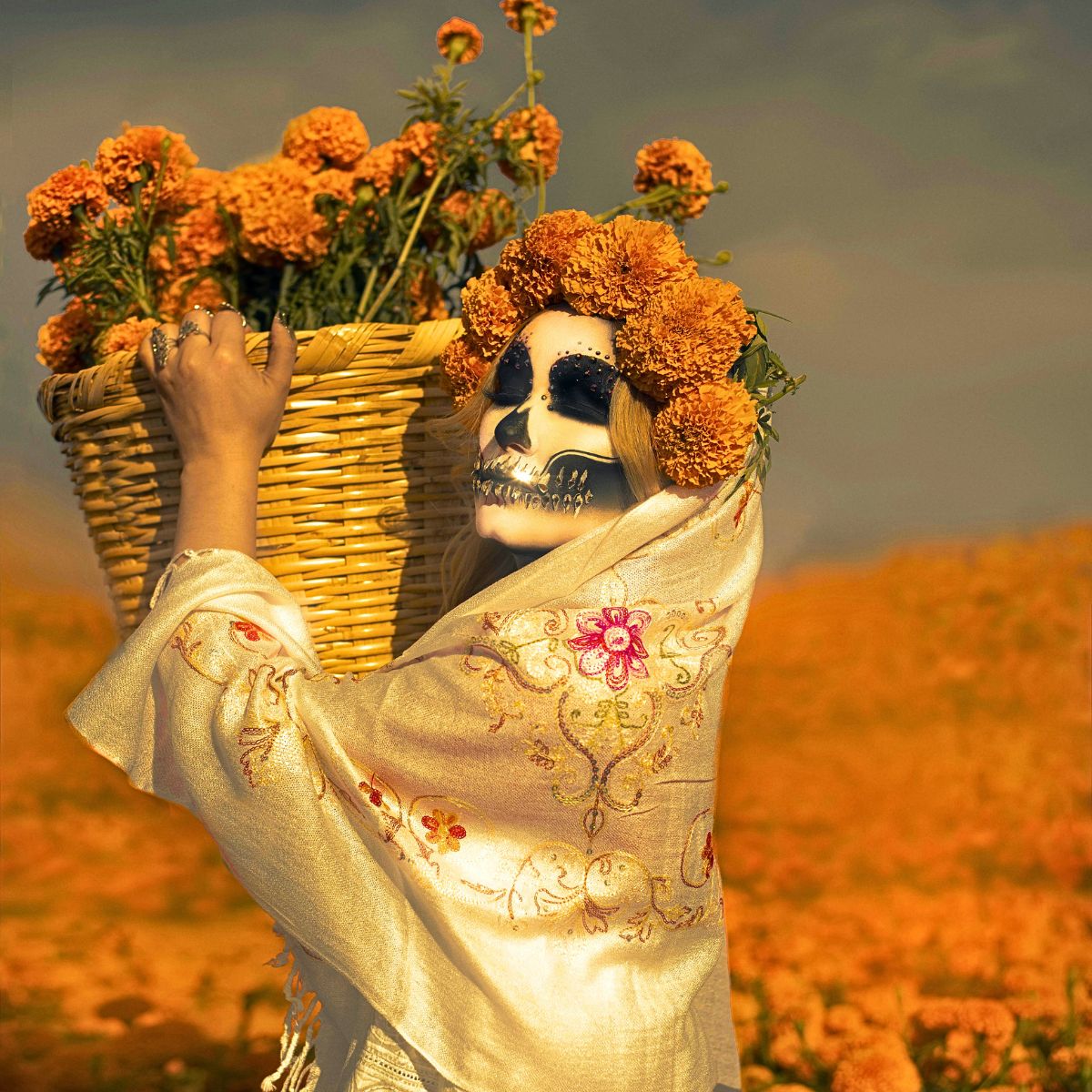
Offerings That Honor the Day of the Dead
Specifically observed during the fall season, homes and houses of the people in Mexico are usually filled with offerings that show their roots and pride in where their families come from. With candles that bring light after the sunset, the people yearn for the presence of marigolds in every flower field as a symbol of remembrance of their ancestors. They perform rituals that include making flowers of the dead offerings and rejoicing in the hearts of the people as they celebrate the arrival of their deceased.
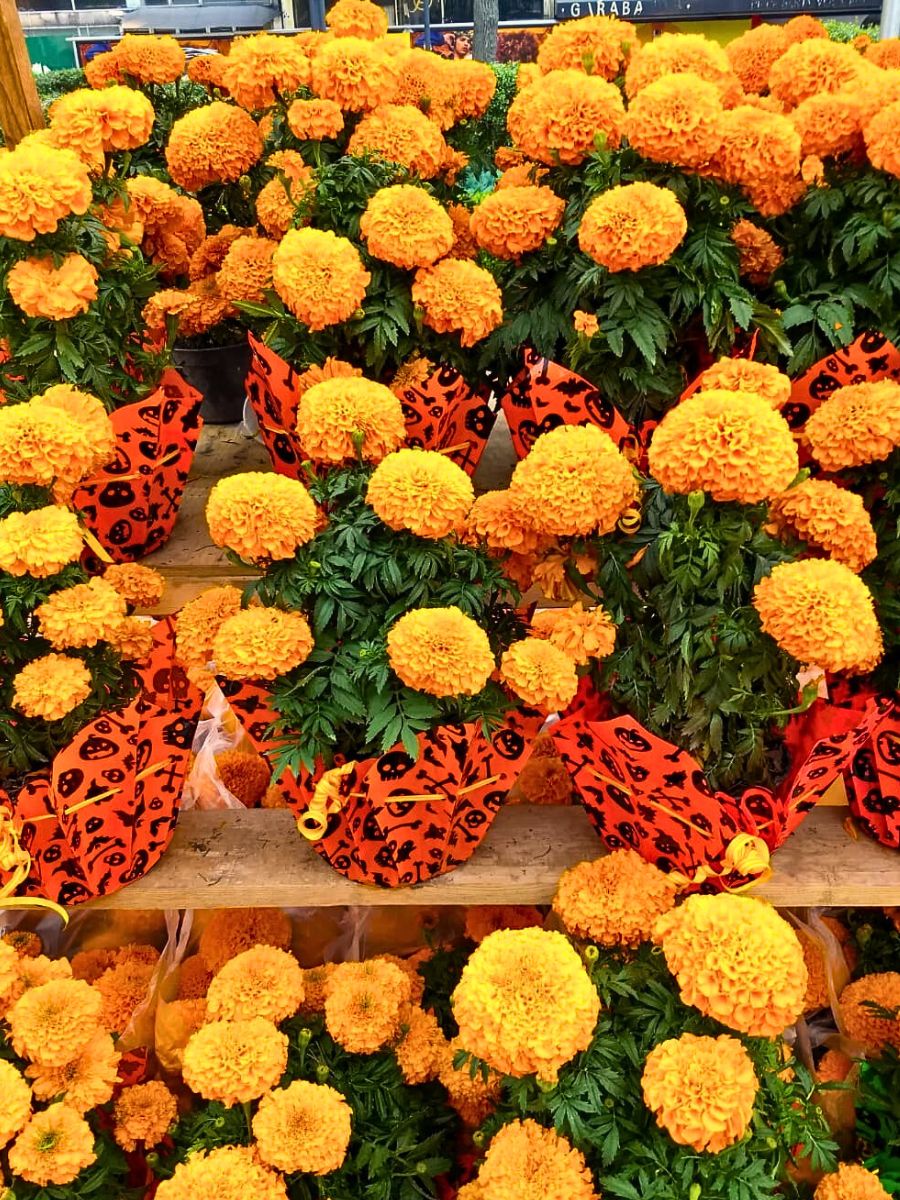
The Importance of Marigolds During the Day of the Dead
For the commemoration of the Día de Muertos in Mexico, the marigold flower in vibrant orange is the element that gives life to every altar and overall decoration. Marigolds are, in essence, the essence of the celebrations. Whether one chooses to observe the day at home, in a field, or wherever the families may please, marigolds are always a common element. And well, you may not know it, but there are fields of cempasúchil very close to Mexico City; so when around, just make sure to go and enjoy a full-on view of these flowers of the dead during the celebrations.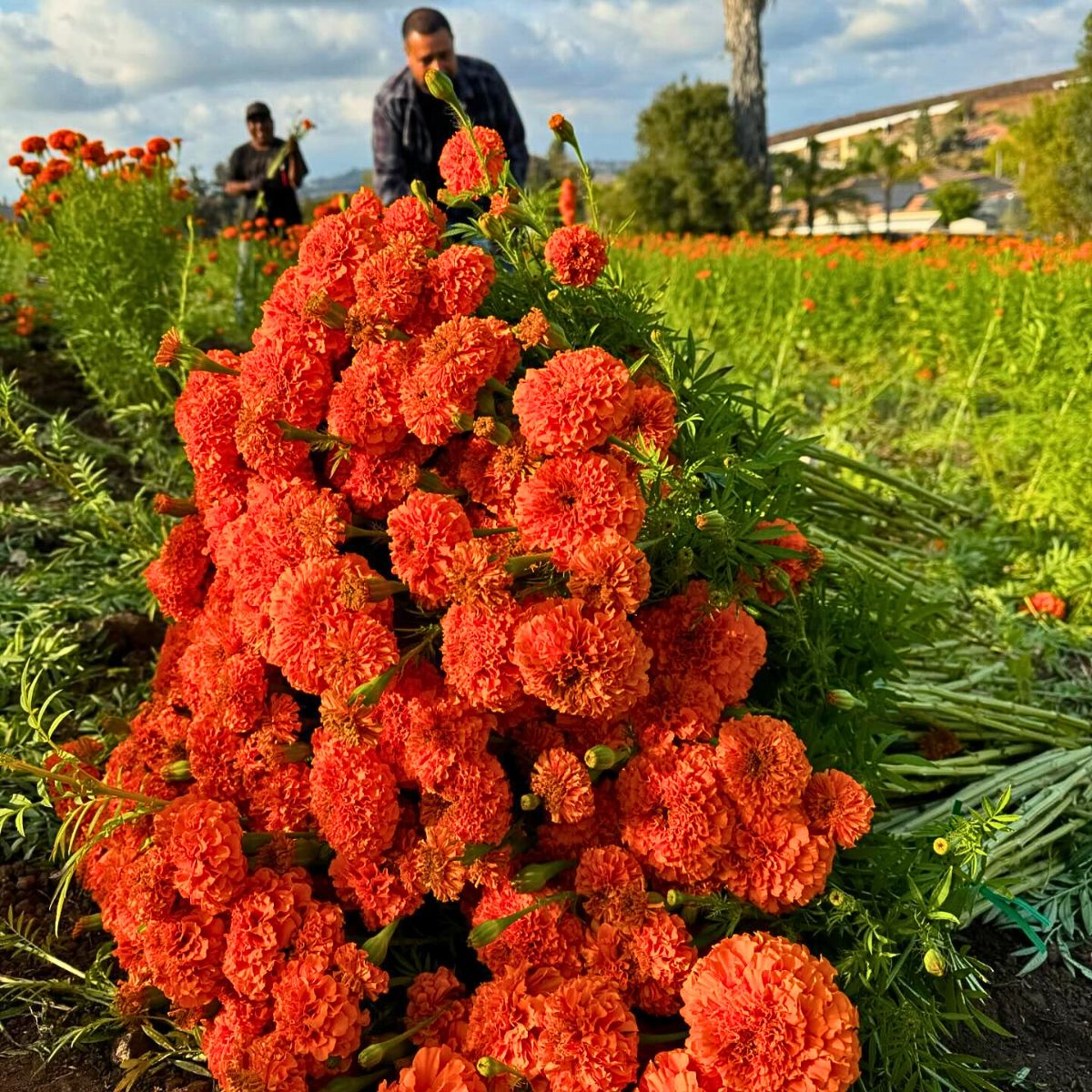
Photo by @arangogreengrowers
Marigolds as a Symbol of the Flowers of the Dead
The flower of marigolds found in Mexico is also known to the locals as the 'flowers of the dead' and is a native flower to the country. Its use dates back to the ancestors, the Aztecs, who used it in ceremonial rites. If you believe what the Aztecs believed, then your ancestors need the scent of marigolds, to find their way back to you. Marigolds are even present in some monuments, such as the Coyolxauhqui monolith, where they are used as part of the goddess' headdress.
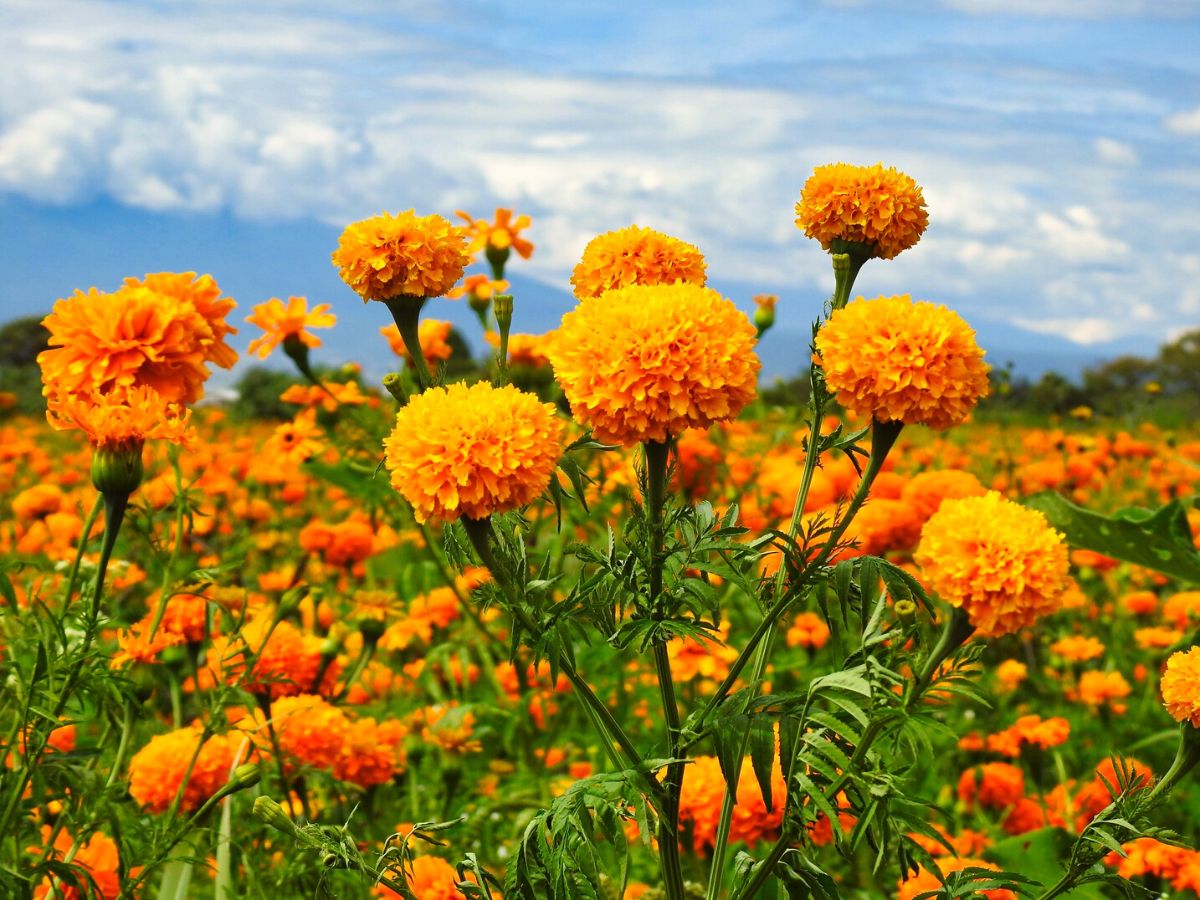
The Flower With Twenty Petals
Although this vibrant orange flower was used by the Aztecs, its use is not widely documented. What we know about it, and its use in the celebrations largely comes from the writings of the Spanish explorers who studied the culture of the Mexican ancestors. Thanks to one such individual, Fray Bernardino de Sahagún, we know that the name cempasúchil comes from cempoalxóchitl which means 'flower with twenty petals'.
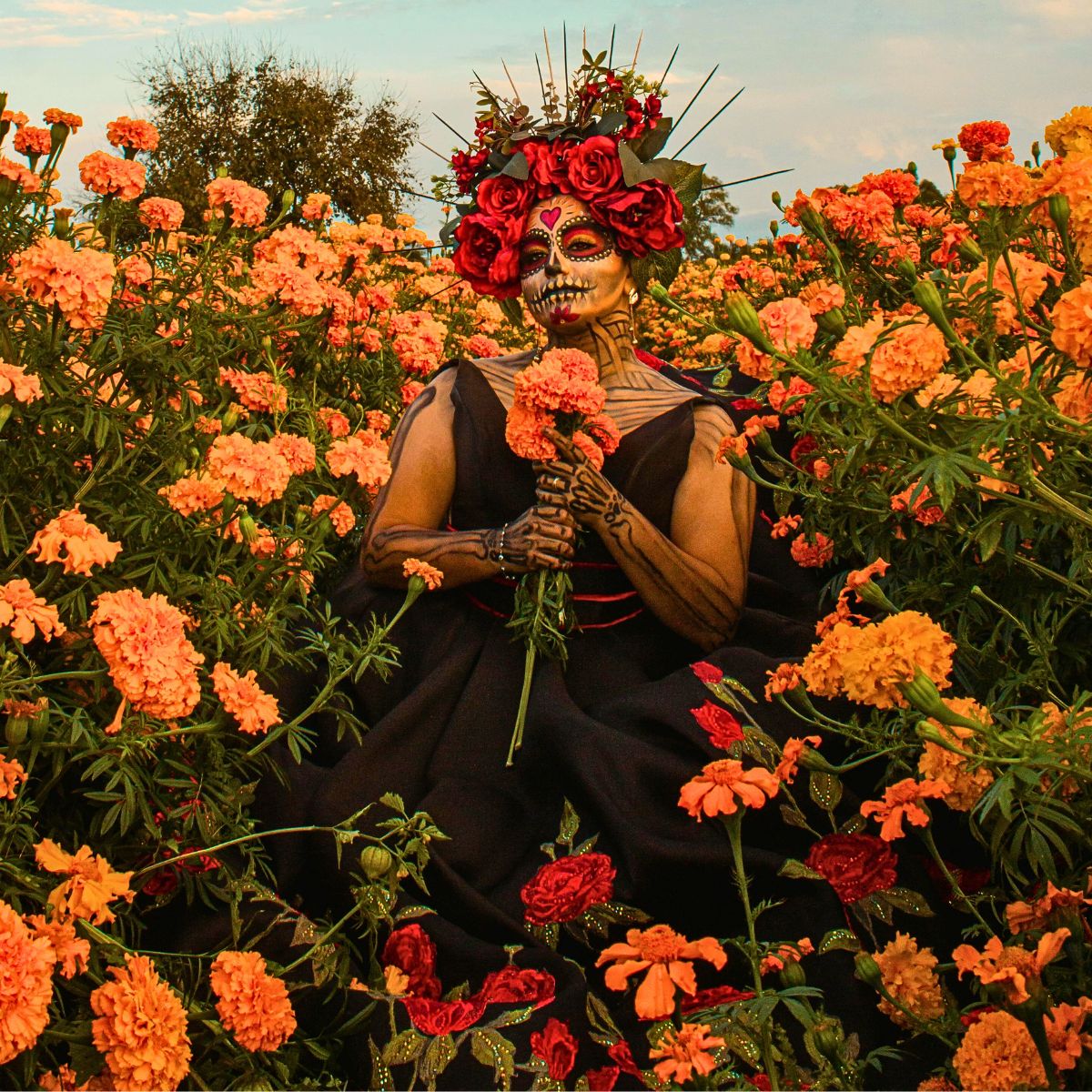
Using Marigolds as a Guide to Find the Dead
The Aztecs used the marigold flowers as a guide for their dead, because they associated the vibrant orange color, with our biggest star, the sun. The fragrance of the bright orange and yellow flowers is said to lead souls from their burial places to their family homes. The cheerful hues also add to the celebratory nature of the holiday, which, although shrouded in the veils of death, is not somber but rather, festive.
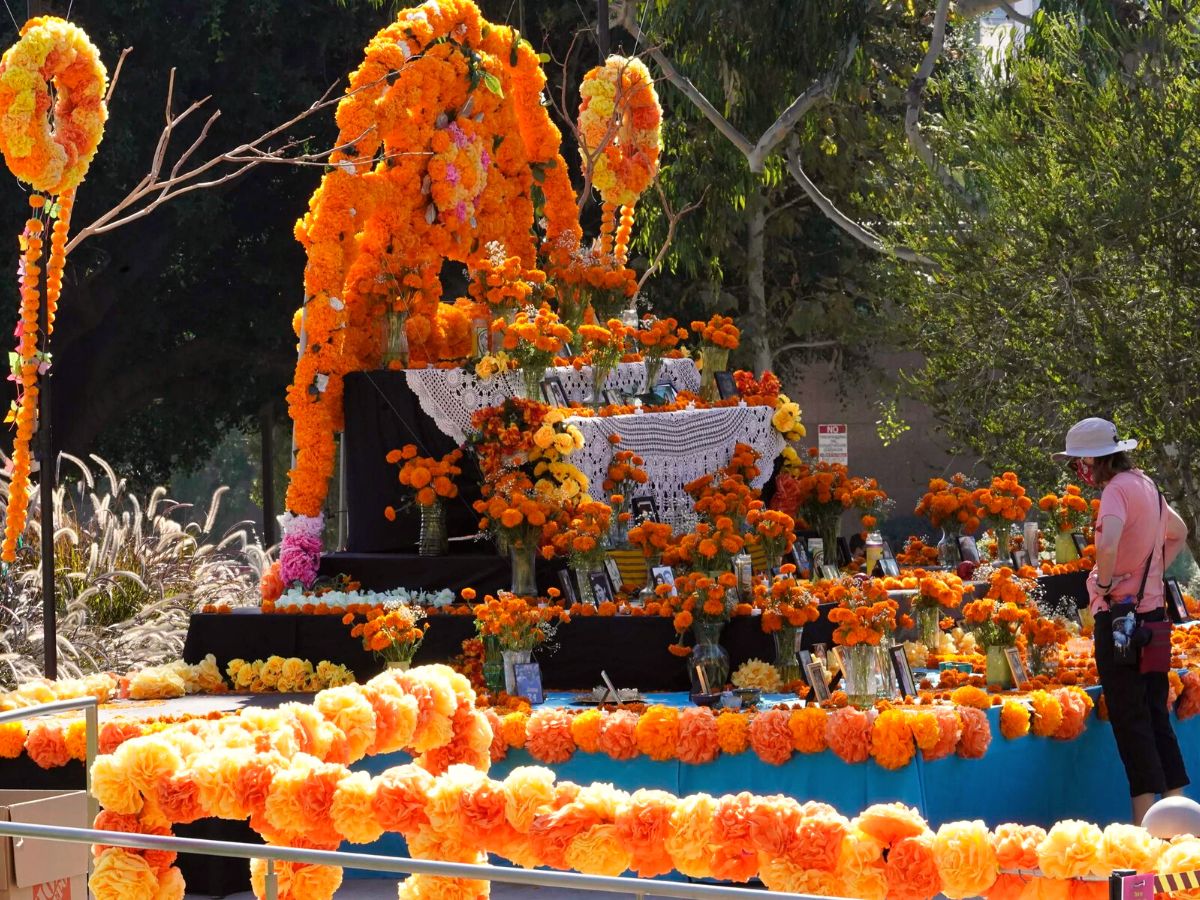
Puebla, the Land Full of Magic
Mexico's Puebla is a state full of magic. It has the largest number of 'magical towns' in the country totaling at least nine small towns that are, without a doubt, full of traditions and magic. But that's not all! As said by many Mexicans who celebrate the Day of the Dead, in Puebla, you'll be able to find the most beautiful, and largest fields of marigolds fully blossomed during autumn. The flowers are sown from mid-July so that in October the harvest is ready to be distributed throughout the country. There are different fields of cempasúchil in Puebla, but the most characteristic ones, where you can take tours to be taught the history of this flower, are in Atlixco and Cholula.
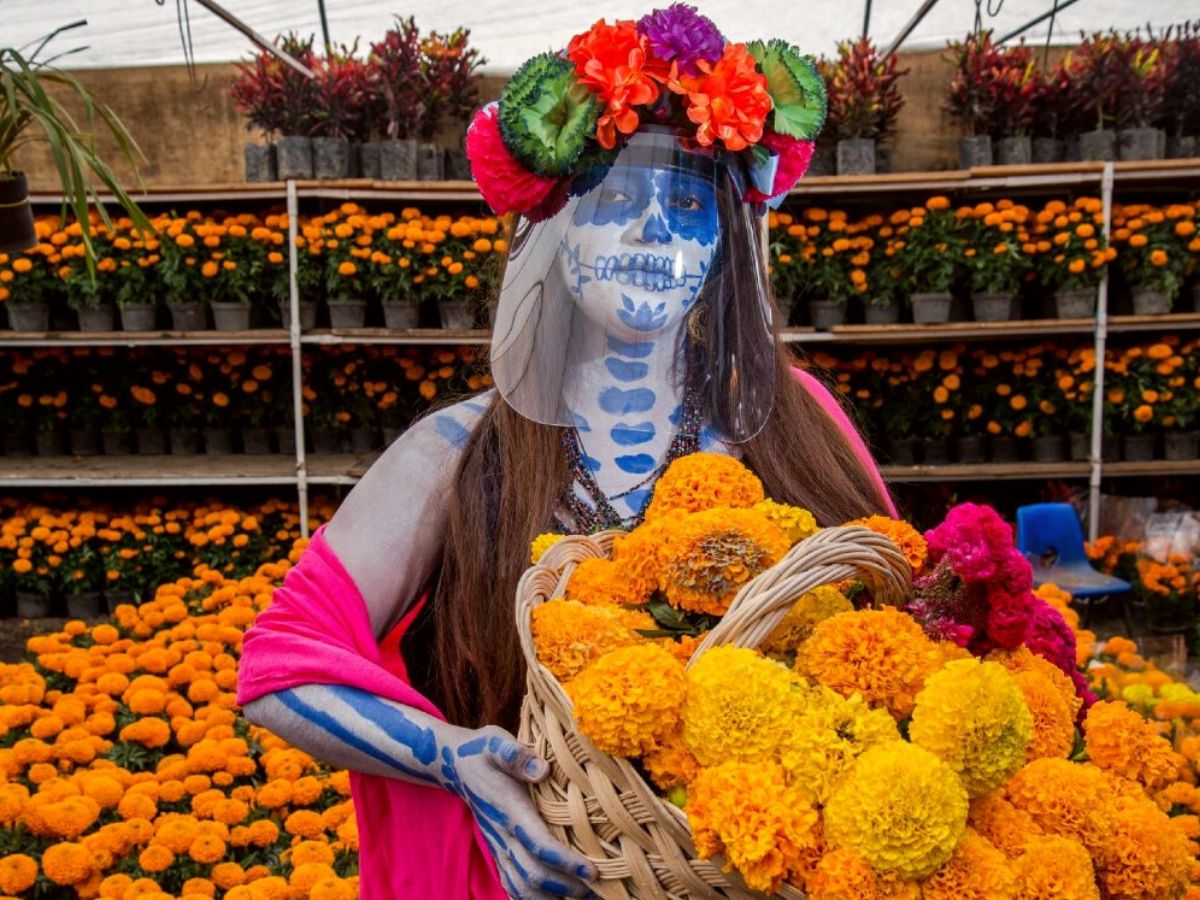
The Rugs of Atlixco
30 kilometers to the southwest of Puebla is the city of Atlixco. Located on the slopes of the Popocatepetl volcano, it is one of Mexico's most flowery and colorful towns, no wonder it has the nickname, 'City of Flowers'. Here, in addition to seeing the cempasúchil fields, which are the representation of the flowers of the dead, you can also take the opportunity to admire its monumental rugs, made of this flower.
These rugs are also a significant part of the Day of the Dead tradition, though not as prominently featured as other elements like ofrendas or sugar skulls. They are hand-woven and known for their vibrant colors and elaborate designs. While not specifically ritualistic items in the Day of the Dead celebrations, their use often overlaps with the holiday as their bright colors and patterns—often featuring floral motifs or geometric designs—align well with the overall festive and colorful atmosphere of Día de Muertos.
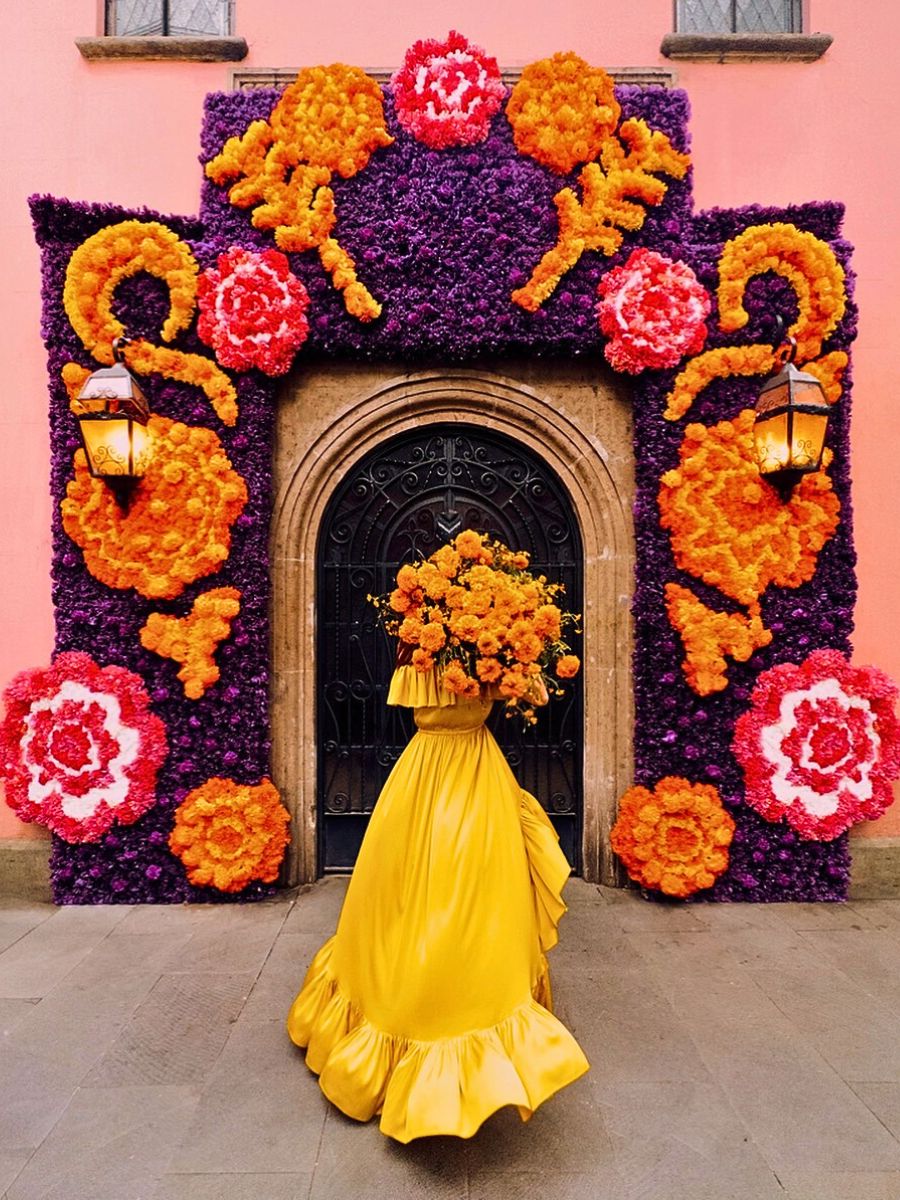
Families may use these Atlixco rugs to decorate their homes during the celebrations. They add to the visual richness of the ofrendas or create a welcoming ambiance for the returning spirits. They might be placed on the floor near the altar, or used to cover tables laden with food and offerings.
The Pyramid of Cholula
For its part, Cholula is perhaps the closest option if you depart from the center of Puebla. It is located 7 kilometers to the west of the capital of the Mexican state. Here, in addition to finding the beautiful fields of the 'flowers of the dead', you can also find the best traditional cuisine, and visit the largest pyramid in the world: the Pyramid of Cholula.
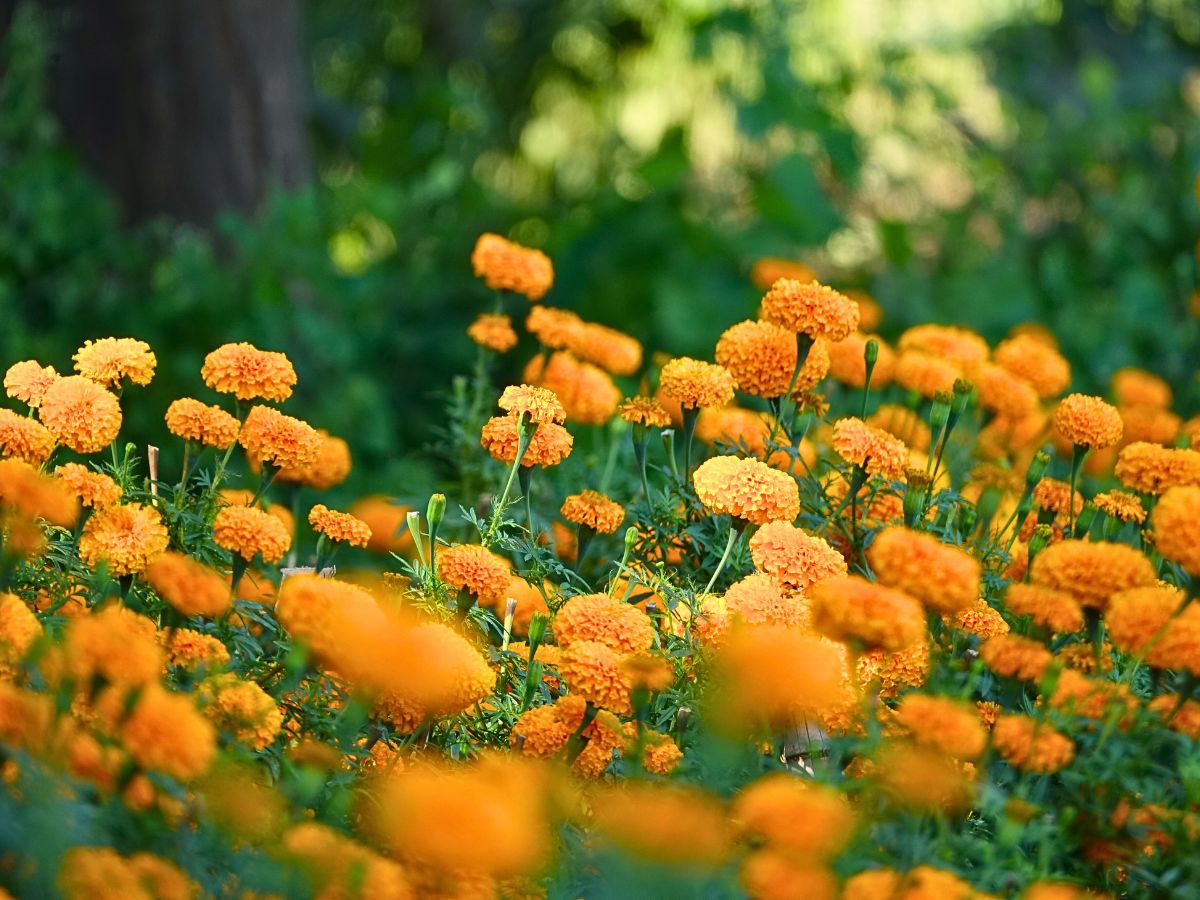
Photo by lachetas
Even so, while much has been said about the celebrations, it is highly recommended to learn more about the flowers of the dead whilst visiting the marigold fields in the state of Puebla. So, you can read more about the flower meaning of marigolds for even more info.
Feature image by @miguel_kurz.

